Storytelling in language teaching
Jono Ryan
Recent blogs by Michael Rabbidge and Maria Tarau have made the case for incorporating more storytelling into English language classrooms. In this response, Jono Ryan builds on one of those ideas, arguing that storytelling is far important to learners than is usually recognised.
When international students come abroad, they usually imagine for themselves a life in which they are making friends, going to parties, and integrating into the local community. For many reasons, it's not that easy, but I’ve long known that the English language teaching profession does these students a disservice by focusing so intently on a combination of transactional language (i.e. delivering information and getting things done) and academic language skills (essays, lectures etc.), at the cost of meaningful work that develops language for social and interactional purposes. That is, the profession overlooks many of the language skills that enable people to enjoy each other's company.
Storytelling is an essential part of this. If we are going to spend more than a few minutes together in a social environment, we’re almost guaranteed to start exchanging and commenting on stories—not fiction—but the stories of who we are, what we've been doing, what we love, what troubles and frustrates us, what we can recommend, and other wisdom we can share.
Who doesn’t love a good yarn? The company of a compelling raconteur?
We don’t have to go that far, of course, but all learners should be enabled to retell a few good stories, which are sufficiently well-rehearsed that they land with the right impact. A funny story that can be shared with acquaintances. One that will leave people in awe. Some that reveal a bit more about your background and values, perhaps reserved for friends’ ears only. Another than illustrates why they are the best person for the job. Beyond rehearsal, learners also need to have the tools to compile new stories from the substance of recent events.
At this point, some readers will be objecting that their learners can tell stories. After all, recounts start appearing in syllabuses at least by pre-intermediate level. But it's not that easy. Not by a long way.
There's a lot we could talk about here but let's just focus on a couple of issues. Firstly, stories don't just appear in conversation—and if they do, they feel random and abrupt. Instead, there's work to be done to create the right occasion for them. This could start with an announcement (You won't believe what just happened to me) or establishing the topic and confirming background knowledge (Did you hear about poor Dave?) and the story only begins after the listener provides a go ahead (What?). There's also a system of ‘second stories’, where the topic or theme of one speaker's story is available to get picked up by the next speaker. There are also processes (usually 3-4 steps) to invite stories.
Stories always involve some combination of people, things, times and places, and sometimes the effectiveness of the story rests on knowing exactly who is being spoken about. This is straight forward if they can be referred to by name, but if they can't, then some complex negotiation can be required (Do you remember Dave? The little guy I introduced you to at the bank?). In my research, even some advanced language users tended to avoid this complexity and just pretend they were talking about someone new. No one had practiced with them how to do these complex references.
Another issue is when it comes to listening to stories. It's not enough to sit there nodding. A listener is expected to provide continuers in the right spots (mhm, uhuh, oh, okay) and if they get these wrong, it can stop a speaker in their tracks. [Test this yourself by experimenting with different pronunciations of okay at different points in a conversation]. At the end of a story or at the delivery of some great or terrible news, the listener must respond appropriately. A recent chapter by the scholar Jean Wong shows how one L1 storyteller delivers on the phone the crushing news of her cancer diagnosis, to which the L2 listener fails to offer suitable expressions of concern and simply tries to move on. I can't imagine they remained friends.
These are just a few brief examples, but the point is that storytelling (and listening to stories) is far more involved than what the ELT industry generally assumes. I would advocate for these skills to be treated as an essential part of the repertoire of second language users, especially those wishing to spend time in English speaking countries.
